Nanowerk, the leading nanotechnology portal, is committed to educate, inform and inspire about nanotechnologies, nanosciences, and other emerging techs.
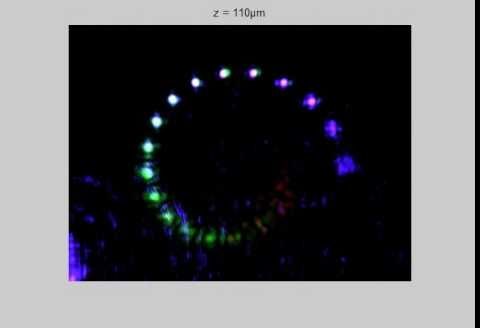

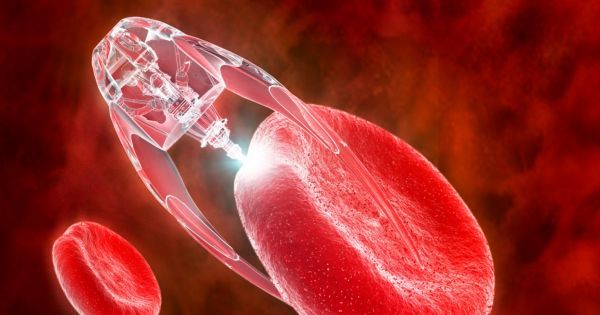
Who would have thought that roaches, that’s right, C-O-C-K-R-O-A-C-H-E–S, could actually do something good for humanity? Well, it seems that they are helping out quite a lot.
Bar-Ilan University scientists, together with the Interdisciplinary Center in Israel, designed injectable nanobots, and they are testing them on these little critters. Remarkably, the technology controls the release of drugs that are needed for the brain using the brain itself. That’s right, using only brain power!
And down the road, this extra mind boost could be a lifesaver for many. The work was published in the journal PLOS ONE.
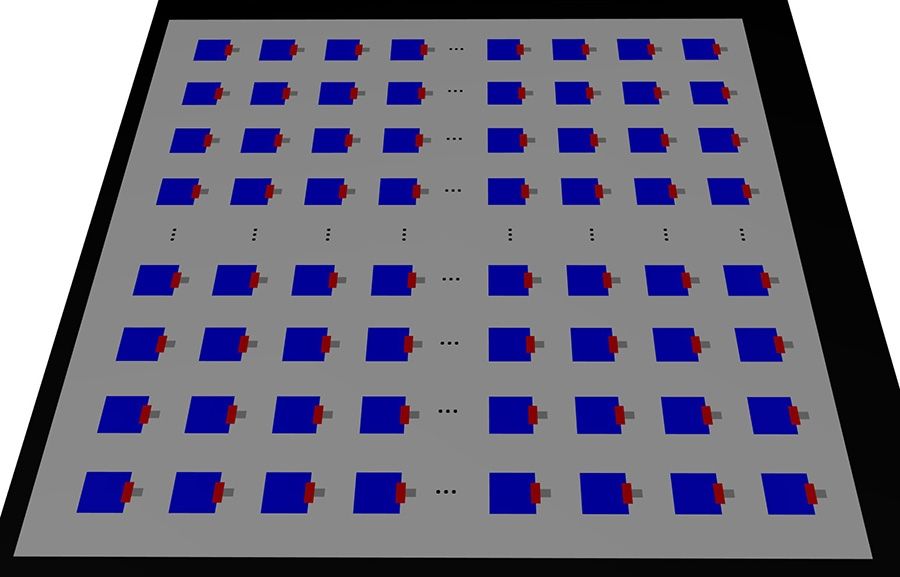
For wireless communication, we’re all stuck on the same traffic-clogged highway—it’s a section of the electromagnetic spectrum known as radio waves.
Advancements have made the highway more efficient, but bandwidth issues persist as wireless devices proliferate and the demand for data grows. The solution may be a nearby, mostly untapped area of the electromagnetic spectrum known as the terahertz band.
“For wireless communication, the terahertz band is like an express lane. But there’s a problem: there are no entrance ramps,” says Josep Jornet, PhD, assistant professor in the Department of Electrical Engineering at the University at Buffalo School of Engineering and Applied Sciences.
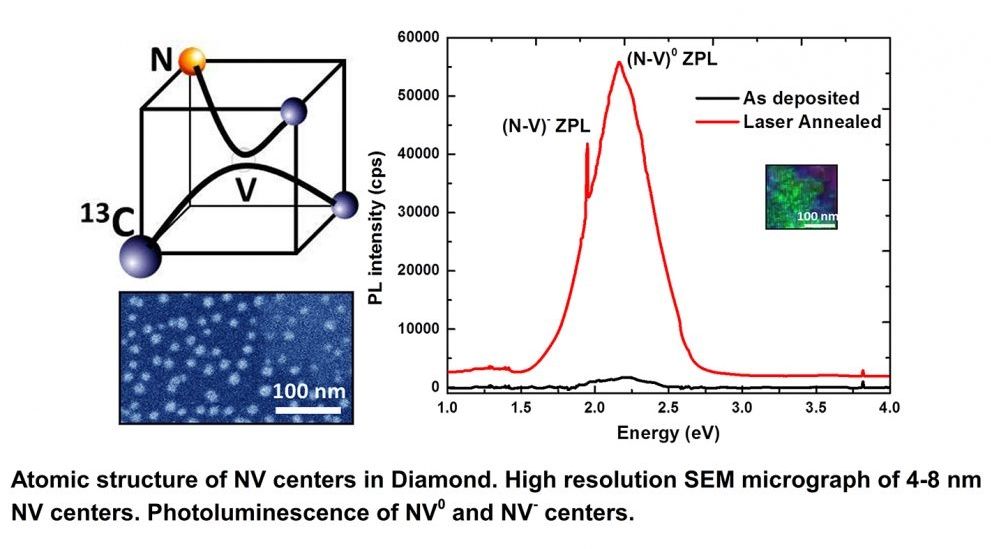
Researchers at North Carolina State University have developed a new technique for creating NV-doped single-crystal nanodiamonds, only four to eight nanometers wide, which could serve as components in room-temperature quantum computing technologies. These doped nanodiamonds also hold promise for use in single-photon sensors and nontoxic, fluorescent biomarkers.
Currently, computers use binary logic, in which each binary unit — or bit — is in one of two states: 1 or 0. Quantum computing makes use of superposition and entanglement, allowing the creation of quantum bits — or qubits — which can have a vast number of possible states. Quantum computing has the potential to significantly increase computing power and speed.
A number of options have been explored for creating quantum computing systems, including the use of diamonds that have “nitrogen-vacancy” centers. That’s where this research comes in.
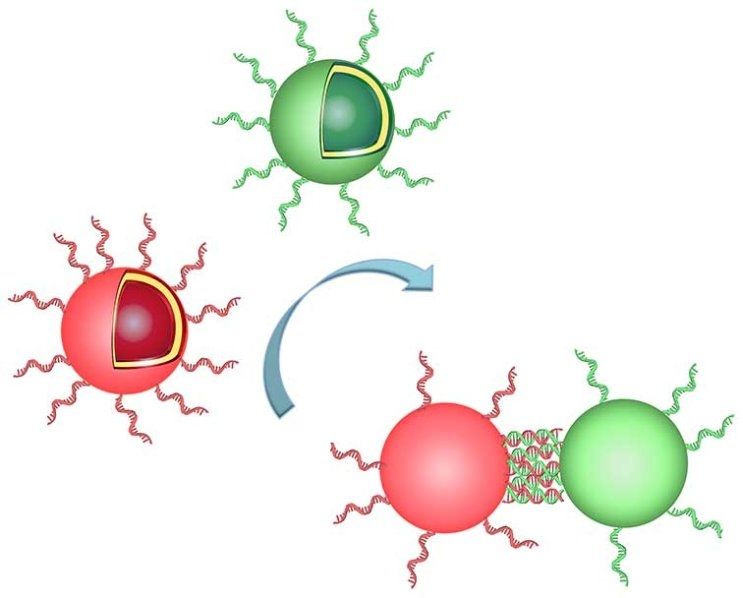
Scientists from the University of Basel have succeeded in organizing spherical compartments into clusters mimicking the way natural organelles would create complex structures. They managed to connect the synthetic compartments by creating bridges made of DNA between them. This represents an important step towards the realization of so-called molecular factories. The journal Nano Letters has published their results.
Within a cell there are specialized compartments called organelles, as for example nucleus, mitochondria, peroxisomes and vacuoles that are responsible for specific functions of the cell. Almost all sophisticated biological functions of cells are realized by self-organization, a process by which molecules adopt a defined arrangement based on their specific conformations and properties, without outside guidance.
Using self-organization of nano-objects into complex architectures is a major strategy to produce new materials with improved properties or functionalities in fields such as chemistry, electronics and technology. For example, this strategy has already been applied to create networks of inorganic solid nanoparticles. However, so far, these networks were not able to mimic sophisticated structures that have biological functions within the cells and thus have potential application in medicine or biology.

Researchers plan to bring dead to life by freezing their brains and then resurrecting them with artificial intelligence.
Bringing the dead back to life is futuristic and final frontier of science and Humai is working on just that. Humai is a technology company based in Los Angeles and is working on a project known as “Atom & Eve” that would let human consciousness be transferred to an artificial body after their death.
The artificial intelligence company has said it can resurrect human beings within the next 30 years. The “conversational styles, [behavioural]patterns, thought processes and information about how your body functions from the inside-out” would be stored on a silicon chip through AI and nanotechnology.
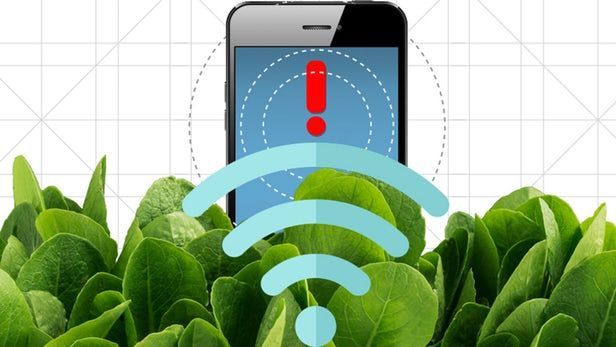
The strength of spinach isn’t only in its nutrients, but also in its ability to be hacked to function as a sensor, according to researchers at the Massachusetts Institute of Technology. An MIT team used wonder-material carbon nanotubes to give the greens the ability to detect explosives and wirelessly transmit information to a mobile device.
MIT engineers applied a solution of nanoparticles to the underside of the leaves, allowing them to be taken up into the mesophyll layer where photosynthesis takes place. The embedded nanotubes then acted as sensors able to detect nitroaromatic compounds – which are often used in explosives like land mines – in the groundwater taken up by the plants’ roots.
If the chemicals are present in the water the plant is feeding from, the carbon nanotubes in the leaves emit a fluorescent signal that can be picked up with an infrared camera when a laser is shined on the leaves. The researchers hooked up such a camera to an inexpensive Raspberry Pi system and set it to email the user when the compounds were detected.

New method for creating smaller switches for QC identified and making smaller and more efficient QC systems possible.
Edmonton nanotechnology researchers working with atom-sized materials have made a breakthrough that could lead to smaller, ultraefficient computers.
The team, led by Robert Wolkow, together with collaborators at the Max Planck Institute in Hamburg, have developed a way to create atomic switches for electricity nearly 100 times smaller than the smallest switches, or transistors, on the market today. Their findings appeared in the Oct. 26 edition of the scientific publication Nature Communications.
“What we’re showing in this new paper is one part in a bigger scheme … that allows us to make ultralow power consuming electronic devices,” said Wolkow, a physics professor at the University of Alberta and the principal research officer at Edmonton’s National Institute for Nanotechnology. He’s also chief technology officer at spinoff company Quantum Silicon Inc.

In a newly published study, nanoscientists look ahead to what we can expect in the coming decade, and conclude that nanoscience is poised to make important contributions in many areas, including health care, electronics, energy, food and water.
Nanoscience research involves molecules that are only 1/100th the size of cancer cells and that have the potential to profoundly improve the quality of our health and our lives. Now nine prominent nanoscientists look ahead to what we can expect in the coming decade, and conclude that nanoscience is poised to make important contributions in many areas, including health care, electronics, energy, food and water.
Significant progress has already been made in nanomaterials, report authors Paul Weiss, who holds a UC presidential chair and is a distinguished professor of chemistry and biochemistry at UCLA, and Dr. Andre Nel, chief of nanomedicine at the David Geffen School of Medicine at UCLA. In the journal ACS Nano, Weiss, Nel, who is a distinguished professor of medicine, and their colleagues say the following:
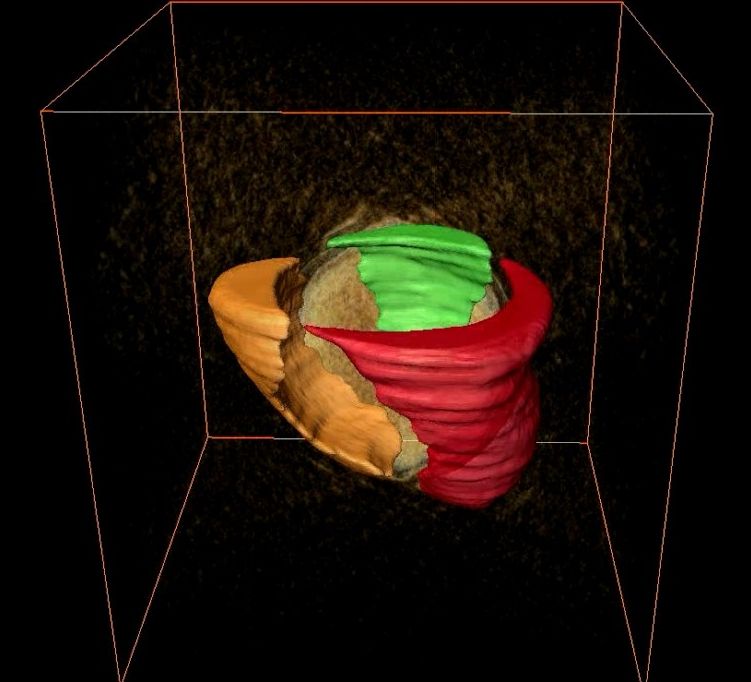
Patches of chain-like molecules placed across nanoscale particles can radically transform the optical, electronic, and magnetic properties of particle-based materials. Understanding why depends critically on the three-dimensional features of these “polymer nano-patches”—which are tantalizingly difficult to reveal at a scale spanning just billionths of a meter.
Now, scientists have used cutting-edge electron tomography techniques—a process of 3D reconstructive imaging —to pinpoint the structure and composition of the polymer nano-patches. The results, published earlier this month in the journal Nature, “lay the foundation for new nanoscale architectures that could potentially enhance technologies such as self-assembled solar cells and catalysts,” said lead author Eugenia Kumacheva of the University of Toronto.
The scientists tracked the patches formed by different synthetic polymers—versatile and common compounds used in everything from plastics to electronics —on the surface of gold nanospheres thousands of times smaller than the width of a single human hair. To visualize the elusive surface structures, Kumacheva and her team turned to cutting-edge facilities at the Center for Functional Nanomaterials (CFN), a U.S. Department of Energy (DOE) Office of Science User Facility at DOE’s Brookhaven National Laboratory.